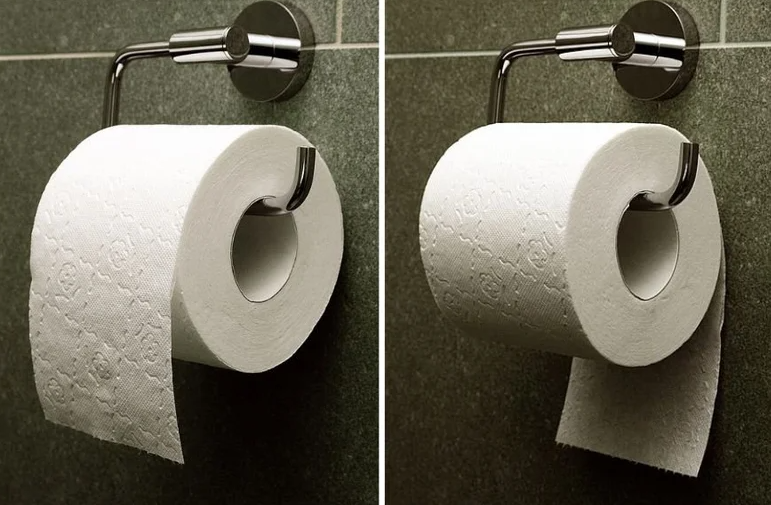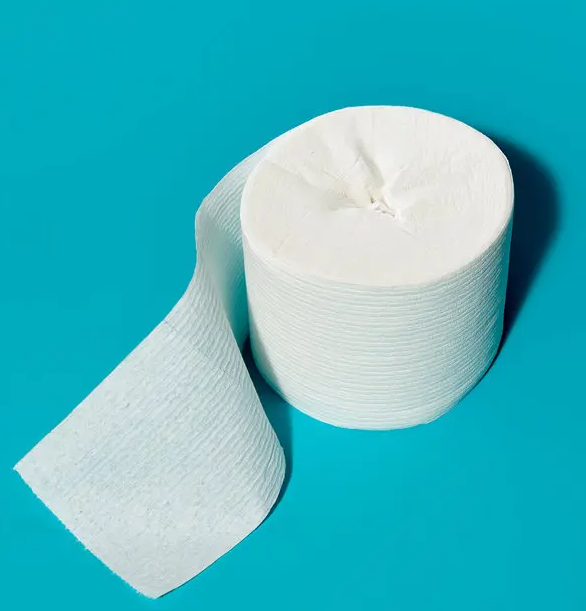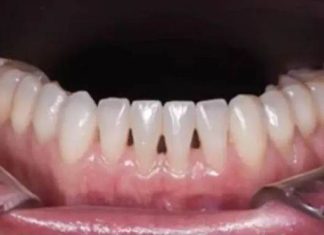In today’s fast-paced world, maintaining cleanliness and hygiene, especially in public restrooms, is paramount. One often overlooked aspect is the proper use of toilet paper to ensure a sanitary experience. Implementing effective toilet paper techniques can significantly reduce the risk of exposure to germs and provide a more comfortable restroom experience.
Creating a Protective Barrier
Before using a public toilet, it’s advisable to create a barrier on the seat. Begin by dispensing several sheets of toilet paper. Lay these sheets evenly across the toilet seat, ensuring that the entire surface is covered. This barrier acts as a protective layer between your skin and the seat, minimizing direct contact with potential contaminants.
Enhancing Coverage with Folding Techniques
To enhance the effectiveness of this barrier, consider folding the toilet paper. Take a few sheets and fold them into quarters, creating a thicker and more stable layer. Place these folded sections on top of the previously laid sheets, focusing on areas where contact is most likely. This method not only provides additional protection but also ensures that the toilet paper remains in place during use.

Additional Tips for Public Restroom Hygiene
- Flushing with Caution: After use, it’s prudent to flush the toilet with the lid down, if possible. This practice prevents the dispersion of airborne particles, which can occur during flushing. In restrooms without lids, consider stepping away slightly after initiating the flush to minimize exposure.
- Hand Hygiene: Always wash your hands thoroughly with soap and water after using the restroom. Ensure you scrub all parts of your hands, including between the fingers and under the nails, for at least 20 seconds. If soap and water are unavailable, use a hand sanitizer containing at least 60% alcohol.
- Door Handle Precautions: Public restroom door handles can harbor germs. After washing your hands, use a paper towel to open the door, and dispose of it appropriately afterward.
Environmental Considerations
While personal hygiene is crucial, it’s also important to be mindful of environmental impacts. Using excessive toilet paper contributes to waste and can lead to plumbing issues. Strive to use only what is necessary to maintain hygiene, balancing personal safety with environmental responsibility.

Alternative Solutions
For those seeking more sustainable options, consider the use of reusable cloths in conjunction with a bidet. This practice, though unconventional to some, has been adopted by families aiming to reduce waste. Reusable cloths are used to pat dry after cleansing with a bidet and are then washed thoroughly before reuse. It’s essential to maintain strict hygiene practices, including washing the cloths in hot water and ensuring they are completely dry before reuse.
Conclusion
Implementing proper toilet paper techniques in public restrooms is a simple yet effective way to enhance personal hygiene and comfort. By creating a protective barrier and practicing mindful hygiene habits, individuals can reduce their exposure to germs and contribute to a cleaner environment. Balancing these practices with environmental considerations ensures a responsible approach to personal and public health.

















